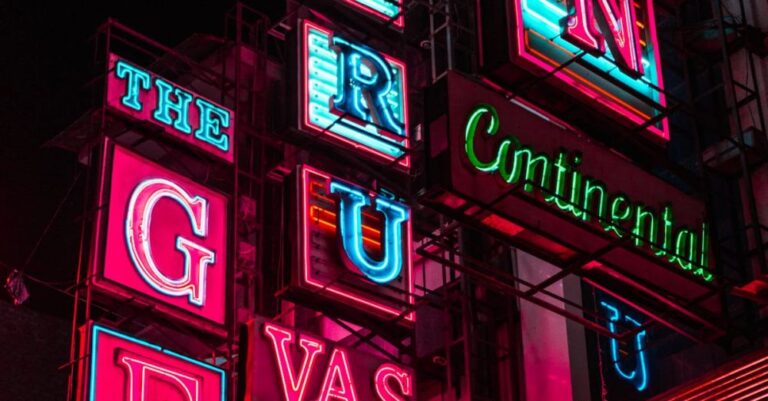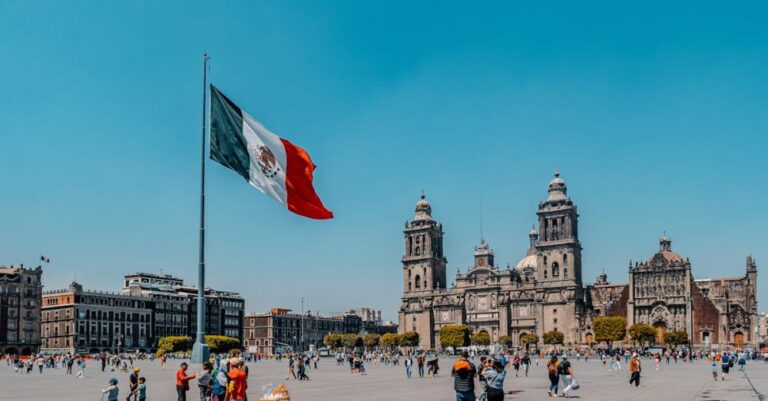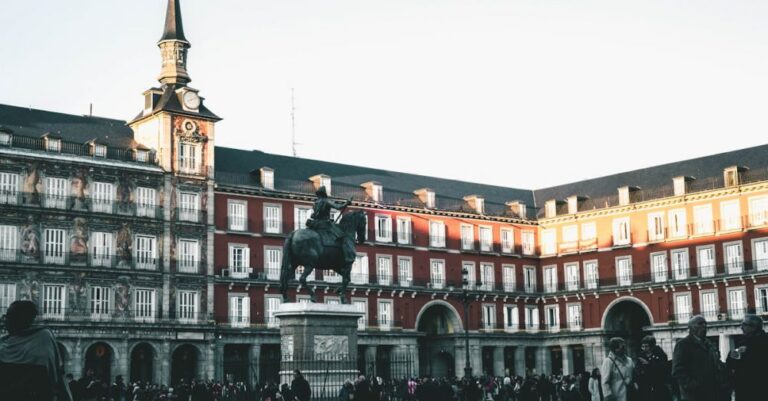Plaza De La Constitución, located in the heart of Mexico City, is a historic square that has witnessed numerous significant events throughout history. From political gatherings to cultural celebrations, this iconic plaza has played a central role in shaping the identity of the city and the nation. Let’s delve into the rich tapestry of historical events that have unfolded at Plaza De La Constitución.
The Spanish Conquest and the Founding of Mexico City
Plaza De La Constitución, commonly known as the Zócalo, has its roots in the ancient Aztec city of Tenochtitlan. After the Spanish conquest of the Aztec Empire in the early 16th century, the conquistadors, led by Hernán Cortés, razed the city and built Mexico City on its ruins. The Plaza De La Constitución was established as the central square of the new Spanish colonial capital, serving as a focal point for political, religious, and social activities.
The Independence Movement
During the early 19th century, Mexico was in the throes of a struggle for independence from Spanish colonial rule. Plaza De La Constitución became a gathering place for revolutionaries, intellectuals, and ordinary citizens who sought to break free from Spanish domination. It was here that the leaders of the independence movement, such as Miguel Hidalgo and José María Morelos, addressed the masses and rallied support for their cause.
The Mexican Revolution
In the early 20th century, Plaza De La Constitución once again became a battleground, this time during the Mexican Revolution. The revolution, which lasted from 1910 to 1920, was a complex and bloody conflict that sought to overthrow the long-standing dictatorship of Porfirio Díaz and bring about social and political reform. The Zócalo was at the center of many key events of the revolution, including protests, marches, and clashes between revolutionary forces and government troops.
The 1968 Tlatelolco Massacre
One of the darkest chapters in the history of Plaza De La Constitución is the 1968 Tlatelolco Massacre. In the lead-up to the 1968 Summer Olympics in Mexico City, student protests erupted across the country, demanding political reform and greater freedom of expression. On October 2, 1968, government forces brutally suppressed a student demonstration in Plaza De Las Tres Culturas in the Tlatelolco neighborhood, adjacent to the Zócalo, resulting in the deaths of hundreds of protesters. The massacre shocked the nation and left a lasting scar on the collective memory of Mexico.
Cultural Celebrations and Festivals
Despite its tumultuous history, Plaza De La Constitución is also a place of celebration and joy. The square is a vibrant cultural hub that hosts a variety of events, including concerts, art exhibitions, and traditional festivals. One of the most famous cultural celebrations held at the Zócalo is the Day of the Dead festival, a colorful and poignant tribute to the deceased that showcases Mexico’s rich cultural heritage.
Renewal and Modernization
In recent years, Plaza De La Constitución has undergone a process of renewal and modernization to enhance its appeal as a public space. The square has been revitalized with new amenities, such as pedestrian-friendly areas, green spaces, and outdoor seating. These improvements have made the Zócalo a more inviting and inclusive place for residents and visitors alike.
In conclusion, Plaza De La Constitución stands as a symbol of Mexico’s tumultuous history and enduring spirit. From its origins as a sacred Aztec site to its role in the fight for independence and social justice, the Zócalo has borne witness to the triumphs and tragedies of the Mexican people. As the heart of Mexico City, Plaza De La Constitución continues to be a focal point for public life and a testament to the resilience and vitality of the nation.





